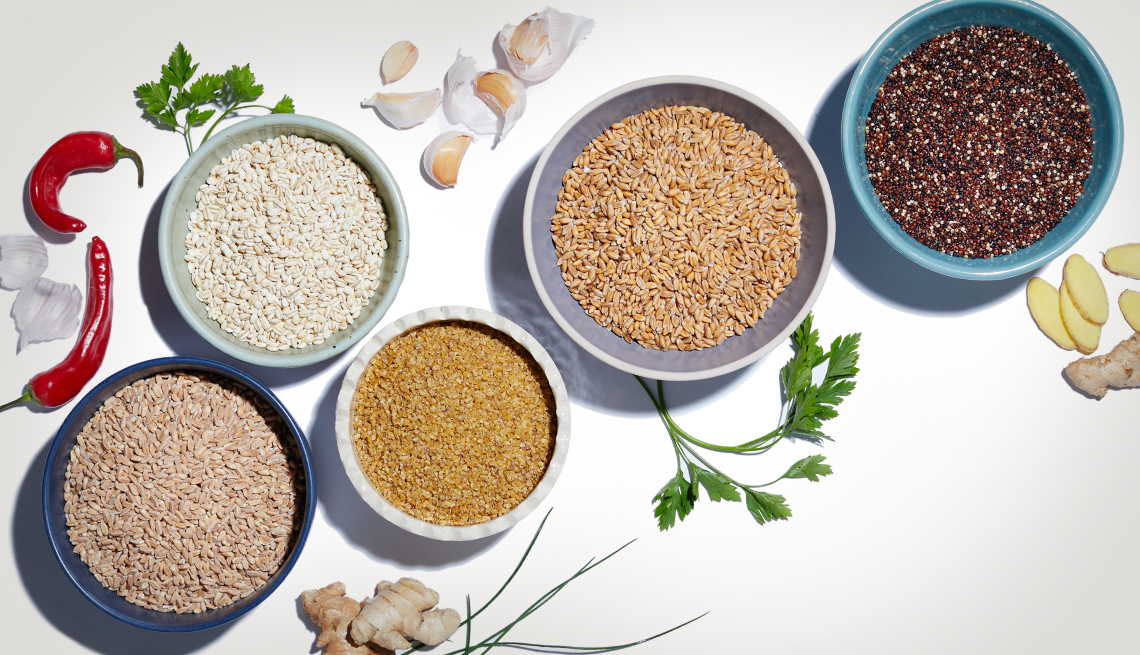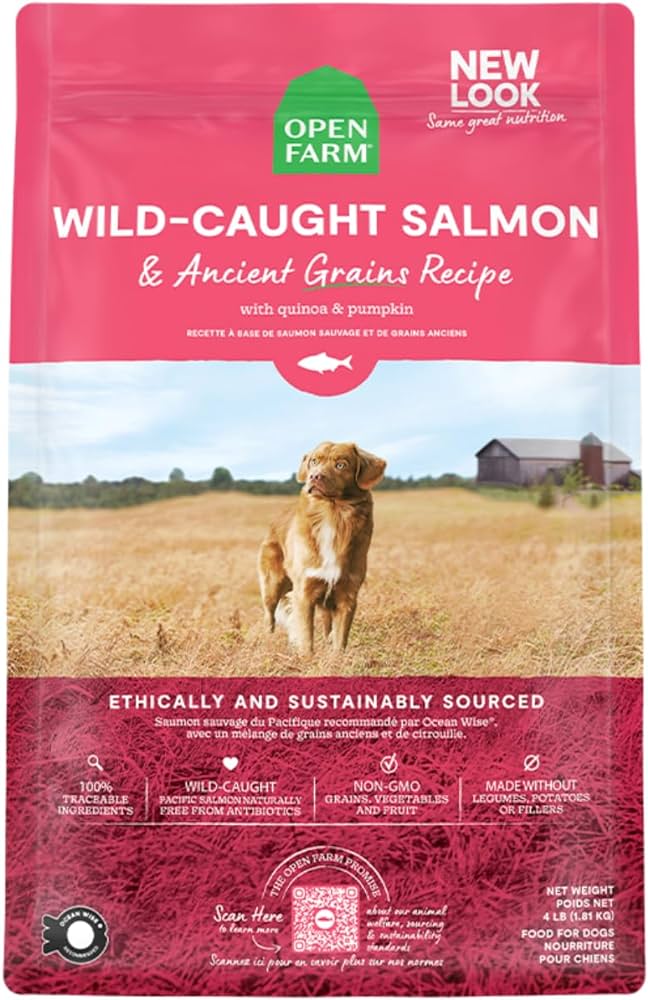Ancient grains have been gaining popularity in recent years due to their rich nutritional profile and unique flavors. From quinoa and farro to amaranth and teff, these grains offer a wide range of health benefits and culinary possibilities. In this article, we’ll explore the fascinating world of ancient grains and provide you with tips on how to prepare them in a variety of delicious ways.

Credit: www.aarp.org

Credit: www.amazon.com
Benefits of Ancient Grains
Ancient grains are not only delicious but also packed with essential nutrients. They are rich in fiber, protein, vitamins, and minerals, making them a great addition to a healthy diet. These grains are also known for their nutty, earthy flavors, adding depth to any dish they are used in.
Common Types of Ancient Grains
Before we dive into how to prepare ancient grains, let’s familiarize ourselves with some popular varieties:
| Grain | Flavor | Texture |
|---|---|---|
| Quinoa | Nutty | Fluffy |
| Farro | Earthy | Chewy |
| Amaranth | Earthy | Nutty |
| Teff | Mild, Nutty | Soft, Slightly Chewy |
Simple Steps to Prepare Ancient Grains
Now, let’s get into the fun part – cooking with ancient grains! Here are some simple steps to prepare these nutritious and versatile ingredients:
1. Quinoa:
Quinoa is easy to prepare and can be used in a variety of dishes, from salads to pilafs. Here’s how to cook quinoa:
- Rinse 1 cup of quinoa under cold water.
- Combine quinoa with 2 cups of water in a pot and bring to a boil.
- Reduce heat, cover, and simmer for 15-20 minutes until the water is absorbed.
- Fluff with a fork and let it sit for 5 minutes before serving.
2. Farro:
Farro has a hearty, chewy texture and is great in soups, stews, and salads. Here’s how to cook farro:
- Rinse 1 cup of farro under cold water.
- Combine farro with 3 cups of water in a pot and bring to a boil.
- Reduce heat, cover, and simmer for 25-30 minutes until tender but still chewy.
- Drain any excess water and let it cool before using in your favorite recipes.
3. Amaranth:
Amaranth has a unique, nutty flavor and a sticky texture when cooked. Here’s how to cook amaranth:
- Combine 1 cup of amaranth with 3 cups of water in a pot.
- Bring to a boil, then reduce heat and simmer for 20-25 minutes, stirring occasionally.
- Once the water is absorbed and the grains are soft, remove from heat and let it sit for a few minutes before serving.
4. Teff:
Teff is a tiny grain with a slightly sweet, nutty flavor and a soft, slightly chewy texture. Here’s how to cook teff:
- Combine 1 cup of teff with 3 cups of water in a pot.
- Bring to a boil, then reduce heat and simmer for 15-20 minutes.
- Stir occasionally until the water is absorbed and the teff is tender.
- Let it sit for a few minutes before fluffing with a fork and serving.
Delicious Ways to Enjoy Ancient Grains
Now that you know how to prepare these ancient grains, it’s time to explore some delicious ways to enjoy them:
- Quinoa and black bean salad with a zesty lime dressing
- Farro and roasted vegetable bowl with tahini dressing
- Amaranth porridge topped with fresh berries and a drizzle of honey
- Teff flour pancakes with maple syrup and sliced bananas
Frequently Asked Questions Of Unlock The Nutritional Power: How To Prepare Ancient Grains
How Can I Cook Ancient Grains?
To cook ancient grains, rinse them thoroughly, simmer in water or broth, and let them absorb the liquid until tender.
What Are Some Common Types Of Ancient Grains?
Common types of ancient grains include quinoa, amaranth, millet, spelt, kamut, teff, and farro.
Are Ancient Grains Gluten-free?
While some ancient grains are gluten-free, such as quinoa and amaranth, others like farro and spelt contain gluten. It’s best to check the label or consult with a dietitian if you have gluten sensitivity.
What Are The Nutritional Benefits Of Ancient Grains?
Ancient grains are packed with nutrients like fiber, protein, vitamins, and minerals. They can help support digestion, boost energy, and provide essential nutrients for overall wellness.
Conclusion
Ancient grains are not only nutritious but also versatile and delicious. By incorporating these grains into your diet and preparing them with the simple steps outlined in this article, you can elevate your meals with wholesome ingredients that have stood the test of time. Whether you’re a seasoned home cook or just starting your culinary journey, ancient grains offer a world of culinary possibilities that are worth exploring.
